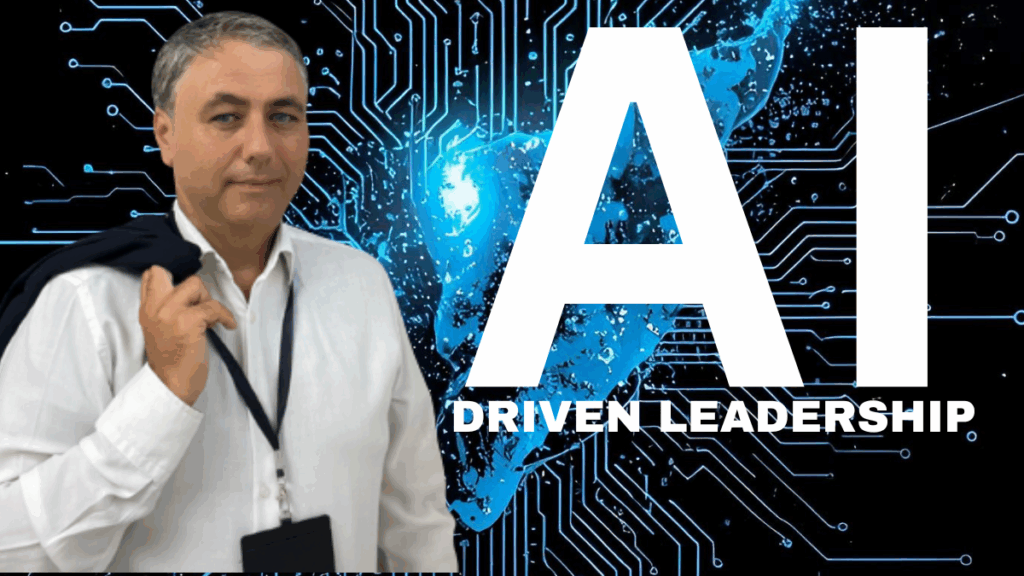
Artificial Intelligence (AI) is changing every corner of modern business, and Human Resources (HR) is no exception.
Once focused mainly on administrative tasks, HR departments are now becoming data-driven engines of strategy, culture, and performance — all thanks to AI.
In 2025, the use of AI in HR has moved beyond automation. It’s now about enhancing decision-making, improving employee experience, and shaping more agile organizations.
Let’s explore how AI is redefining HR management and what innovations are reshaping the workplace this year.
1. Smarter Talent Acquisition and Recruiting
Recruitment has always been one of the most time-consuming HR functions.
AI now helps streamline the process — from screening resumes to matching candidates based on skills, experience, and even personality fit.
AI-powered platforms like LinkedIn Recruiter AI, HireVue, and Manatal use natural language processing and predictive analytics to:
-
Identify the best candidates faster
-
Eliminate unconscious bias from initial screening
-
Predict candidate success based on historical data
This shift allows HR professionals to focus more on building genuine human connections rather than sifting through hundreds of resumes.
2. Personalized Employee Learning and Development
AI-driven learning management systems (LMS) are transforming how companies train and upskill their teams.
Tools like Coursera for Business, Docebo, or Degreed AI create personalized learning paths that adapt to each employee’s goals, progress, and learning style.
Instead of one-size-fits-all training, AI makes professional development dynamic, relevant, and measurable — a crucial factor in improving engagement and retention.
3. Predictive Analytics for Employee Retention
One of the biggest challenges HR faces is employee turnover.
AI now enables HR departments to predict when an employee might be at risk of leaving, by analyzing behavioral data, engagement scores, and feedback trends.
For instance:
-
A sudden drop in engagement metrics
-
Negative sentiment in internal communications
-
Missed deadlines or frequent absences
By identifying these signals early, HR can take proactive action — improving work conditions, assigning mentors, or creating new growth opportunities — before talent walks out the door.
4. AI-Powered Employee Engagement
Modern AI chatbots and virtual HR assistants can now interact directly with employees, answering questions about benefits, vacation days, or internal policies — instantly and 24/7.
Platforms like Leena AI and ChatGPT Enterprise HR Assistants improve communication, reduce administrative load, and collect valuable feedback in real-time.
The result?
Employees feel more supported and connected, while HR teams have more time for strategic initiatives.
5. Intelligent Workforce Planning
AI tools are helping HR leaders forecast future staffing needs with incredible accuracy.
By analyzing business performance, market trends, and internal data, AI can predict what roles will be needed — and when.
This allows companies to plan hiring, training, and budget allocation well in advance, making HR truly a strategic business partner.
6. Enhanced Diversity, Equity, and Inclusion (DEI)
AI is playing an increasingly important role in helping organizations build more inclusive workplaces.
Machine learning models can flag biased language in job descriptions, identify pay gaps, and ensure that promotion decisions are based on data — not perception.
When implemented ethically, AI becomes a force for fairness, helping HR professionals ensure equal opportunity across the organization.
7. Employee Well-Being and Mental Health Support
AI is now being used to monitor workplace sentiment and mental health.
Some HR platforms analyze anonymized data to detect stress levels or burnout risks, alerting managers before issues escalate.
For example, Microsoft Viva Insights and CultureAmp AI can assess workload balance, employee sentiment, and engagement patterns — helping HR build a healthier, more sustainable work environment.
8. Automation of Routine HR Tasks
AI has drastically reduced the time spent on repetitive HR activities such as:
-
Payroll processing
-
Leave management
-
Attendance tracking
-
Performance report generation
By automating these processes, HR departments free up valuable time to focus on what truly matters — people, culture, and leadership.
9. Data-Driven Performance Management
Performance reviews are becoming continuous, data-supported, and objective.
AI-powered platforms analyze performance data across projects, feedback, and peer interactions to help managers make fairer, more accurate evaluations.
This not only improves accountability but also strengthens trust between employees and leadership.
10. Preparing HR Leaders for the AI Future
The real transformation isn’t just technological — it’s cultural.
HR professionals must now learn how to work alongside AI, interpret data, and balance automation with empathy.
That’s why AI literacy and digital leadership training are becoming essential skills for every HR manager and executive in 2025.
The Future of HR: Human + Artificial Intelligence
The future of HR is not about replacing people — it’s about empowering them.
AI allows HR professionals to focus on strategy, creativity, and connection, while algorithms handle the repetitive and analytical work behind the scenes.
When used responsibly, AI doesn’t depersonalize work — it humanizes it further, freeing people to do what they do best: inspire, lead, and grow.
Want to Lead the AI Transformation in Your Organization?
If you’re ready to understand how to integrate Artificial Intelligence into your leadership and HR strategy — and want a clear roadmap to guide your business transformation — this book is your next essential read.
AI Driven Leadership
Learn how to lead with vision, innovate through AI, and build a team culture ready for the digital future.
🎁 2 Free eBooks
Download the main eBook instantly and get 2 exclusive bonus eBooks as a free gift:
🔗 https://louismolino.com/ai-drive-bundle-eng/
📖 Or grab your printed copy directly on Amazon:
🔗 https://www.amazon.com/Driven-Leadership-Innovation-leadership-strategies/dp/8894360075
